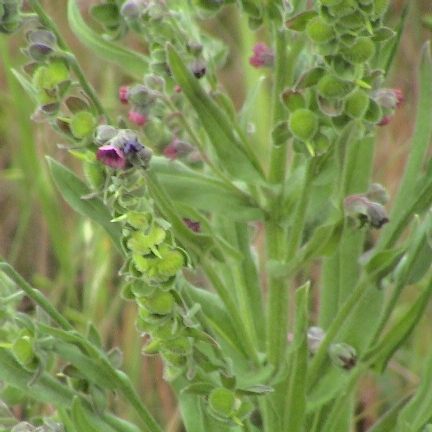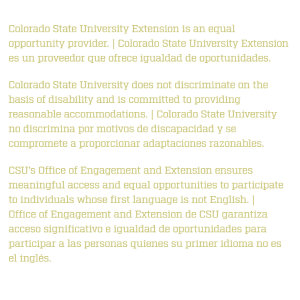Houndstongue (Cynoglossum officinale L.)
Identification
Houndstongue is a biennial, completes its lifecycle within two years, introduced from Europe. It reproduces soley by seed and forms a rosette during its first year of growth. During its second year, a stem bolts, produces flowers, sets seed, and dies. Houndstongue can grow up to 3 feet tall. The lower leaves are broad, giving the appearance of a “hound’s tongue”. The flowers are reddish-purple in color and form seeds with the outer surface covered with short, barbed prickles. Once these break apart, they are readily scattered by animals. Houndstongue is toxic to horses and cattle. This plant contains alkaloids that may cause liver cells to stop reproducing.

Houndstongue can be found in the foothills of the Front Range. Small populations have been found in Adams County near the Town of Bennett.



